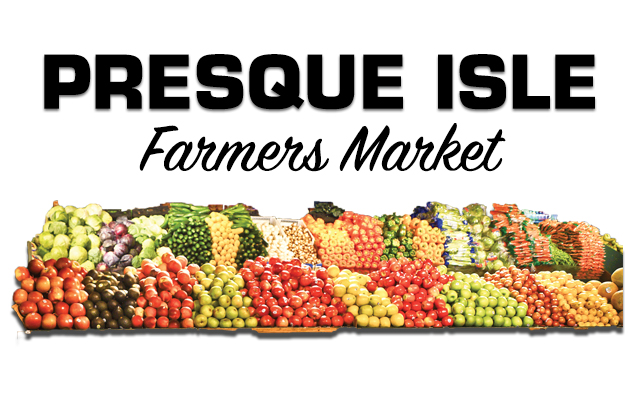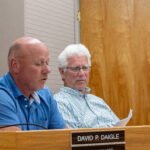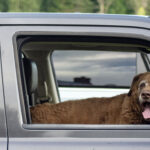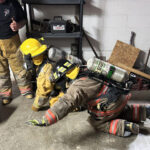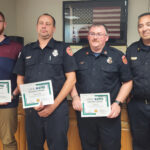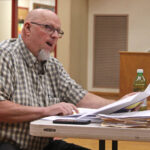Do you remember Venn diagrams? They were mostly used in public schools, though they still show up on a PowerPoint presentation every now and then. The Venn diagram is supposed to create a visual representation of how things are related.
The diagram is a series of circles that overlap. Items that belong together are enclosed in one circle, but items that belong in more than one group appear in the overlap between those circles. They were used in a math class to illustrate sets and subsets. Presumably, they could show the relationship between characters in a literature class as well, though a Russian novel would result in a diagram that looked more like a bubble-bath than an clarification.
So let’s create a simple Venn diagram which includes three overlapping circles. The first includes all the insects species; this is one honkin’ big circle — the insect class is one of the (if not the) biggest of the invertebrate phyla in the animal kingdom. The second circle contains angiosperms, a class of the plant kingdom that bear seeds. The final circle is made up of pollinators — insects, birds, bats, and so forth, that in the course of their own life cycles enable plants to reproduce.
Aha! We are bearing down on the overlap between our circles. Mother Nature is the queen of Venn diagrams. Beneficial invertebrates till the soil. Plants feed insects that pollinate plants, ensuring viable seed. Germination allows animals (us!) to harness the power of the sun through plants. Bacteria and fungi break down crop residues.
Farmers, growers, and gardeners easily see the connecting links between the health of the soil, the cycles of sun and rain, farming practices, and the success or failure of their crops. Overlaps and overlaps and overlaps … we are back to the bubble-bath.
The Presque Isle Farmers’ Market contact person Gail Maynard, who operates Orchard Hill Farm in Woodland with her husband, Stan. Their phone number is 498-8541 and their email is orchhill@gmail.com.
Presque Isle, ME
59
Clear
Houlton, ME
61
Clouds
Caribou, ME
60
Clear
Fort Kent, ME
59
Clouds
Change Location
- Presque Isle
- Houlton
- Caribou
- Fort Kent
© 2024 Bangor Publishing Company.

